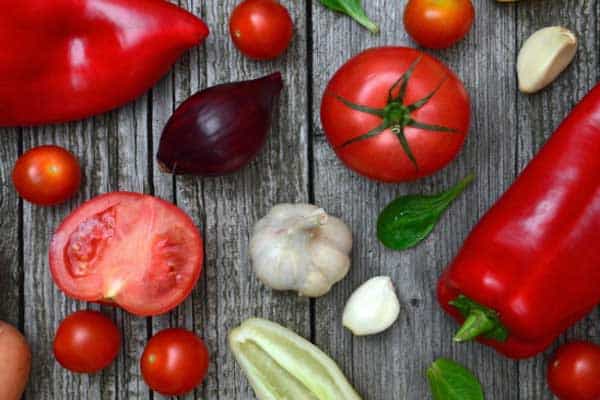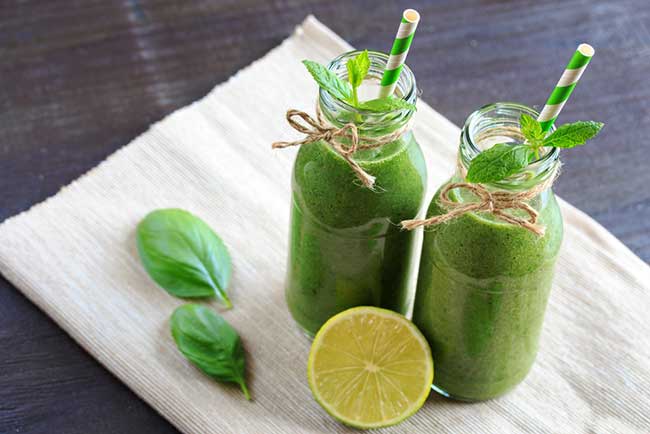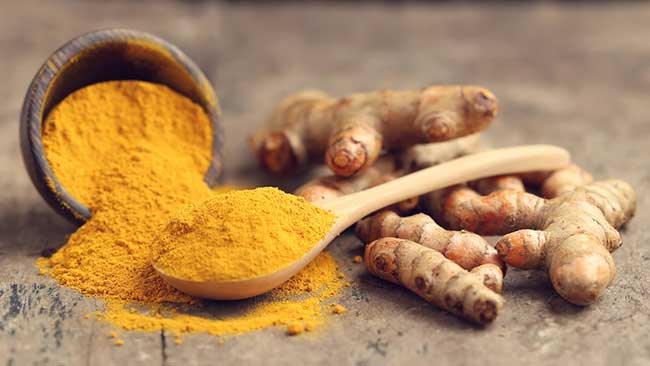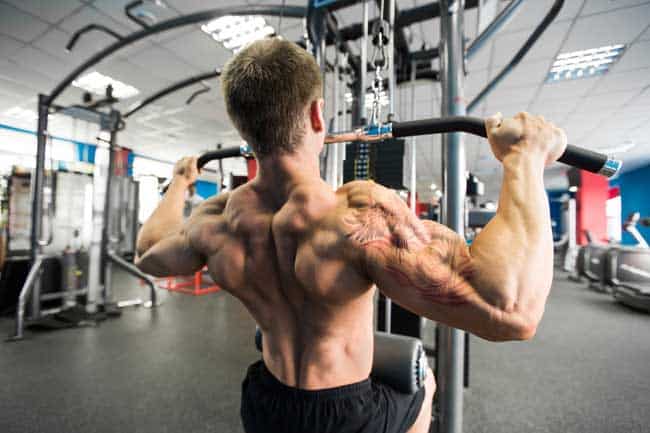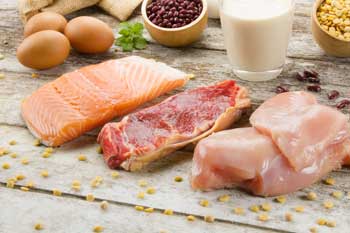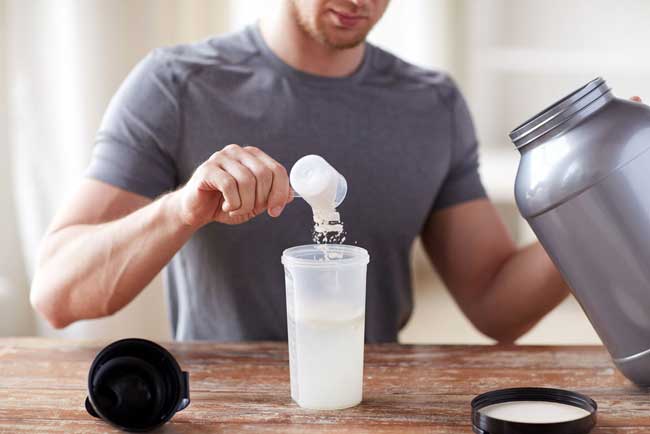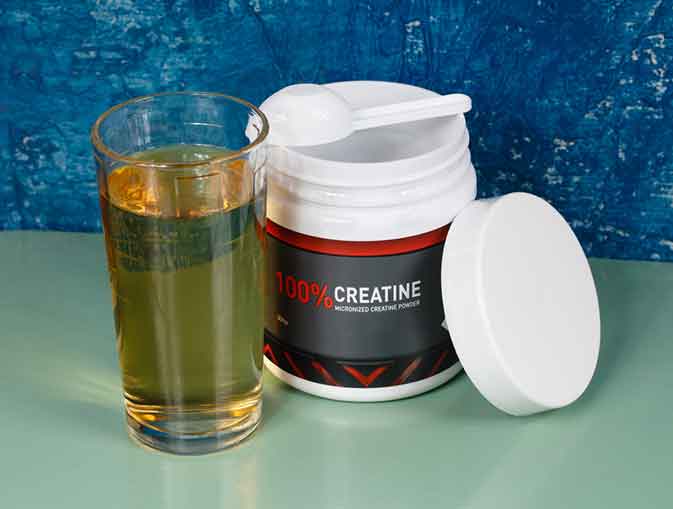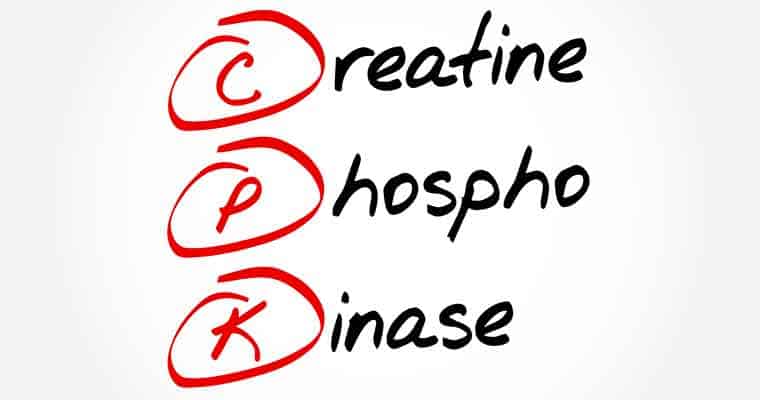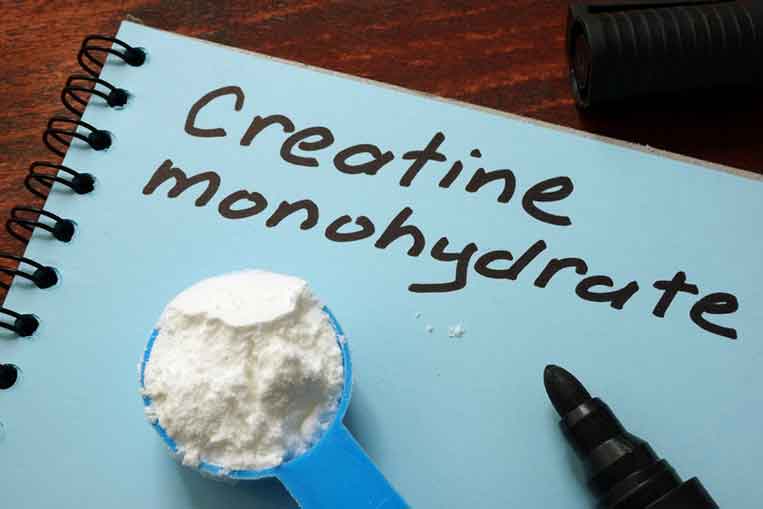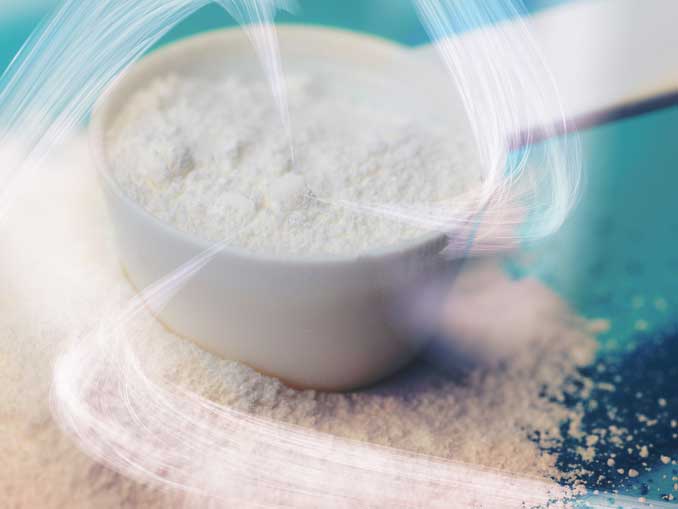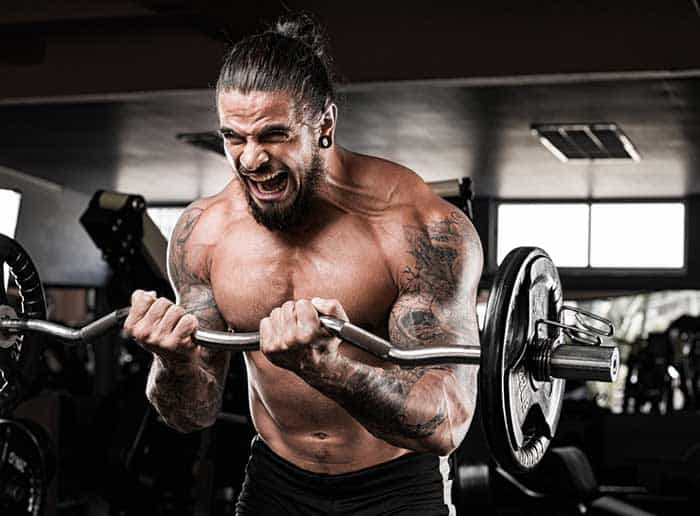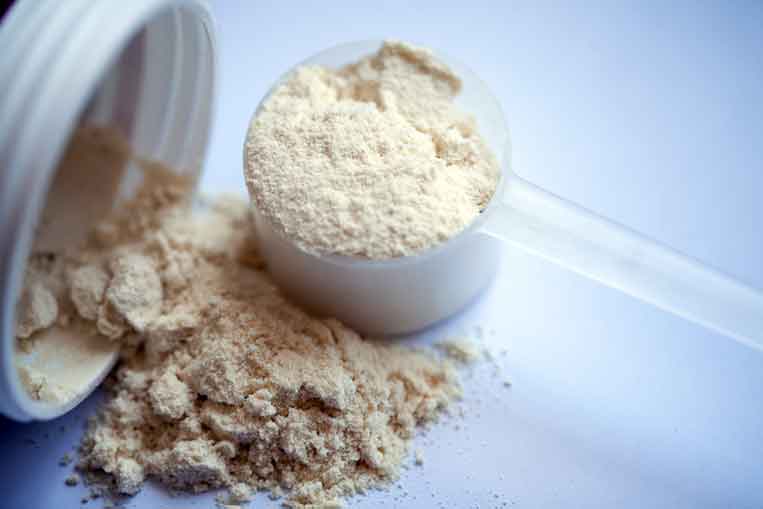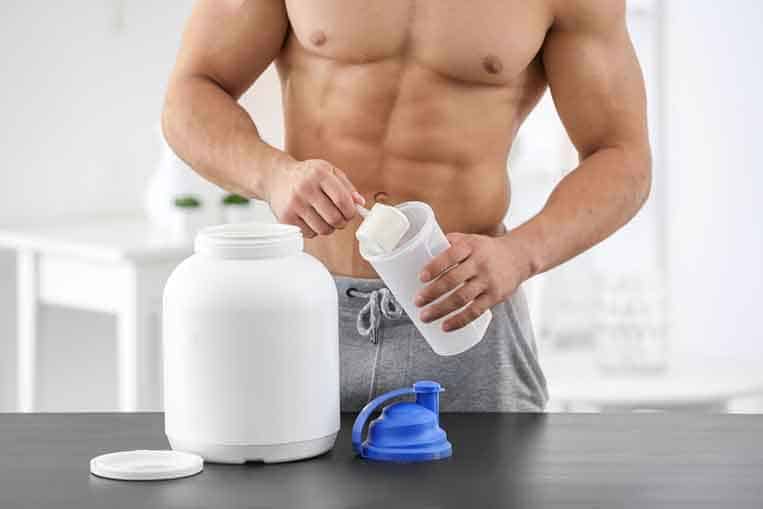Having a diet that has the Sirtfoods as its basis will make you healthier and less likely to suffer from disease. The reason why is because the Sirtfoods have a lower risk of causing diseases than other food types. Here are some foods that you can eat on the Sirtfood diet.
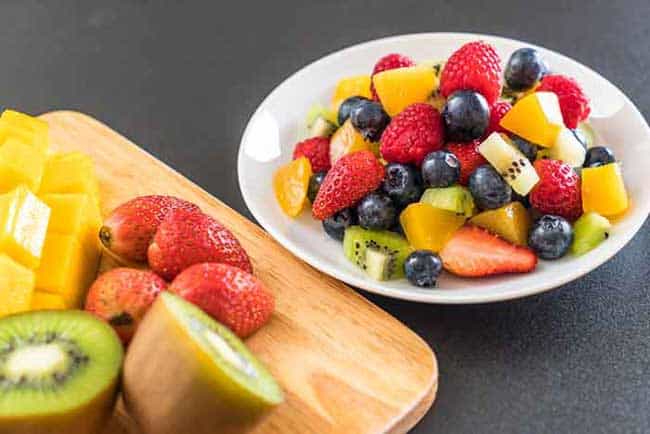
What Does SIRTFOOD Mean?
The term ‘Sirtfood’ is a combination of two words – ‘sirtuin’ and ‘food’. Sirtuins are a class of proteins found in human cells involved in myriad biological processes, such as regulating metabolism and stress response.
Recently, research has identified certain natural foods with the ability to activate sirtuins, earning them the nickname ‘sirtfoods’. While not all sirtuin-activating plant compounds have been identified yet, some commonly consumed items known to be sirtfoods are dark chocolate, strawberries, green tea and extra virgin olive oil.
The most exciting aspect of these findings is that regularly consuming these foods could help maintain health by optimising metabolic processes, as well as preventing age-associated disease and ultimately extend lifespan.
Red wine
Several years ago, a new diet called the Sirtfood diet emerged. It is based on the idea that certain foods can activate a protein called sirtuins. These proteins have been shown to regulate metabolism, inflammation, and cell death. They also play a role in detoxification and DNA repair. They can also help to prevent some illnesses.
Sirtfoods are high in antioxidant polyphenols. These nutrients are supposed to help your body burn fat faster. In addition to this, sirtfoods are known to help protect your cells from inflammation.
Sirtfoods are also known to increase muscle mass. Sirtfoods are also known to help prevent chronic diseases such as diabetes. They are also said to help you maintain weight loss.
The first stage of the diet requires you to consume only one sirtfood-rich meal a day. The diet also encourages you to drink green tea. Green tea has been shown to improve your blood sugar levels and increase fat burning. It also helps you maintain good blood pressure.
The second phase of the diet requires you to consume three meals a day that are enriched with sirtfoods. Phase two lasts for 14 days. It allows you to consume up to 1,500 calories a day.
The diet can be difficult to follow. You have to consume sirtfoods at least once a day, and resist eating foods that you love. You also have to consume your meals at least two hours before dinner.
Chocolate
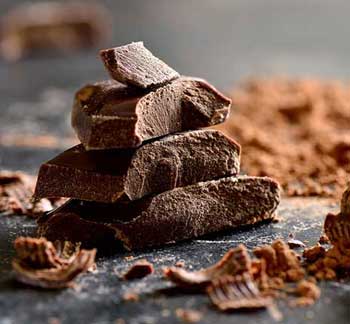
Basically, the Sirtfood diet promotes eating a variety of healthy foods to increase health and burn fat. It also includes a few superfoods like red wine, dark chocolate and green tea. Basically, you will replace unhealthy processed foods with healthy ones.
According to the Sirtfood diet, dark chocolate contains healthful plant nutrients that boost your longevity. It is also one of the few foods that have the ability to burn fat. It contains theobromine, a chemical that may lower your risk of heart problems.
This type of diet is not for everyone. It also requires a lot of work to adhere to. Despite its name, the Sirtfood diet is not a fad diet. It focuses on foods that are good for your body and that are high in polyphenols, a type of antioxidant.
The Sirtfood diet is divided into two phases. The first phase involves fasting and cutting calories. The second phase involves eating more whole meals. It also includes more green juices and superfoods.
The Sirtfood diet has been popularized by nutritionists Aidan Goggins and Glen Matten. They say it has helped them lose weight and get healthy. The theory behind it is that when you cut calories, your body activates a “skinny gene,” which is a fancy way of saying that it turns on the fat-burning process.
A recent study from Harvard University found that consuming three bars of dark chocolate each month can lower your risk of premature death by 35%. That’s not enough to say that dark chocolate is a miracle weight loss food.
Coffee
Among the foods that can be eaten on the Sirtfood diet are coffee, red wine, and dark chocolate. According to the diet, these foods will help you to lose weight and stave off chronic diseases. They are also considered to be antioxidant rich.
The Sirtfood diet is a weight loss program that is based on the principles of sirtuins. These are proteins that are involved in many of the biological processes of the body. They are responsible for regulating the body’s metabolism. They also help to protect the body’s cells from stress and inflammation.
The diet is divided into two phases. Phase one involves juicing. In the first three days, you’ll consume three green juices. The second phase requires two meals and one green drink per day. This allows you to get 1,500 calories per day.
Phase two is designed to give you the support you need to keep your body healthy. It includes three meals per day, which should be sirt food rich. This diet can be adapted to meet your needs.
This diet does not include any animal products. You can still eat milk, cheese, and other dairy products, but you need to limit the amount you consume. The authors of the diet believe that milk can interfere with the body’s ability to absorb nutrients. The authors recommend a combination of vegetables, fruits, and grains.
The authors of the Sirtfood diet say that the best time to eat is first thing in the morning. This is because food consumed later in the day is more likely to be stored as fat. The diet also suggests avoiding caffeinated drinks, which are known to cause headaches and insomnia.
Green juice
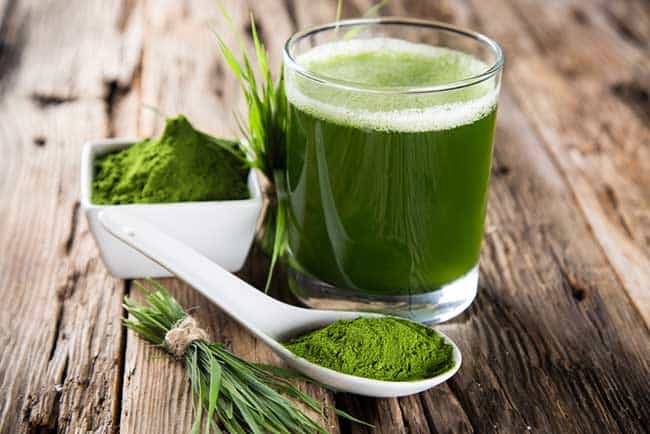
Adding green juice on the Sirtfood diet is a great way to boost your daily vitamins and minerals. It can also help you burn fat. Boosting your metabolism is a key part of losing weight. Sirtfood green juice also contains a variety of nutrients that can help with digestion.
The Sirtfood diet is based around a group of proteins called sirtuins. These proteins help regulate your body’s metabolism, inflammation, and other functions. These proteins are said to help you burn fat and protect your cells from inflammation.
Sirtfood diet recipes call for juicing and eating a variety of foods that are high in sirtuins. The diet recommends eating three sirtfood-rich meals per day. These foods are supposed to boost your immune system, increase muscle mass, and regulate your metabolism.
The diet calls for a calorie restriction of just under one thousand calories a day. This is a relatively low calorie diet, and will help you lose weight in the first seven days.
The Sirtfood Diet Book has a wide range of recipes that are suitable for most people. It also includes a vegetarian and vegan option. The Sirtfood diet is a popular diet with celebrities such as Jodie Kidd and Lorraine Pascale.
The diet recommends eating green juice daily. The green juice is rich in fiber, which is essential for digestive health. Fiber also helps regulate blood sugar levels.
Sirtfoods are healthy and lower disease risks
Various plant-based foods called “sirtfoods” have been found to lower disease risks. These compounds are thought to activate sirtuins, which are proteins that regulate the metabolic processes of the body. Sirtfoods also lower inflammation, which is associated with cardiovascular disease.
Sirtfoods have also been shown to have anti-aging properties. They may be able to extend human lifespan and may help with weight loss.
The main components of the Sirtfood diet are fruits, vegetables, grains, nuts, oils, and spices. Sirtfoods are rich in antioxidants, which have been found to lower the risk of cardiovascular disease.
Phase one of the Sirtfood diet involves limiting calories for seven days. This means eating as few as 1,000 calories per day. In phase two, the Sirtfood diet recommends eating three Sirtfood-rich meals per day. These meals include one green juice per day. The diet also includes optional sirtfood snacks.
The first phase of the Sirtfood diet can be repeated anytime to help with weight loss. The diet also encourages increasing food intake gradually. The diet can also be modified to include sirtfoods without calorie restrictions.
Sirtfoods are a group of plant-based foods that have been found to contain high levels of sirtuins, proteins that regulate metabolism, inflammation, and other bodily functions. Scientists believe that these proteins activate similar molecular targets as calorie restriction.
Sirtfoods have been studied in animal studies for decades, but research on sirtuins in humans is still limited. While calorie restriction can improve health outcomes in laboratory animals, the effects of sirtuins are difficult to study in a controlled environment outside the laboratory.
Sirtfood diet reverts back to old eating habits
Often, when people go on a diet, they lose weight and then revert back to their old eating habits once the diet is over. This is because the diet causes the body to adapt to lower calorie intake.
The Sirtfood Diet is a low-calorie eating plan designed to burn fat and boost metabolism. It is based on the theory that certain foods activate the sirtuins in the body, which regulate inflammation and metabolism. The sirtuins protect cells from inflammation, which is a key cause of disease.
The Sirtfood diet is designed to help you burn fat and keep it off. It combines the best of plant-based foods, which are rich in antioxidants, anti-inflammatory compounds, and essential nutrients.
In the first seven days of the Sirtfood diet, calorie intake is drastically cut. After the first week, you can eat a sirtfood-rich meal once a day. The diet also calls for eating a green juice each day.
The Sirtfood diet focuses on eating foods that contain sirtuins, which are proteins that activate the metabolism and fight inflammation. Sirtuins also regulate aging and metabolism, and help protect cells from dying during stress.
Although the diet does help you lose weight, experts warn that it may not be effective in the long run. Ultimately, the diet is too short to have a lasting impact on health.
Unlike other diets, the Sirtfood diet does not require calorie counting. The diet also does not vilify certain food groups. This means that you can eat foods that you love. However, it is important to maintain a balanced calorie intake throughout the diet.
Related Content

